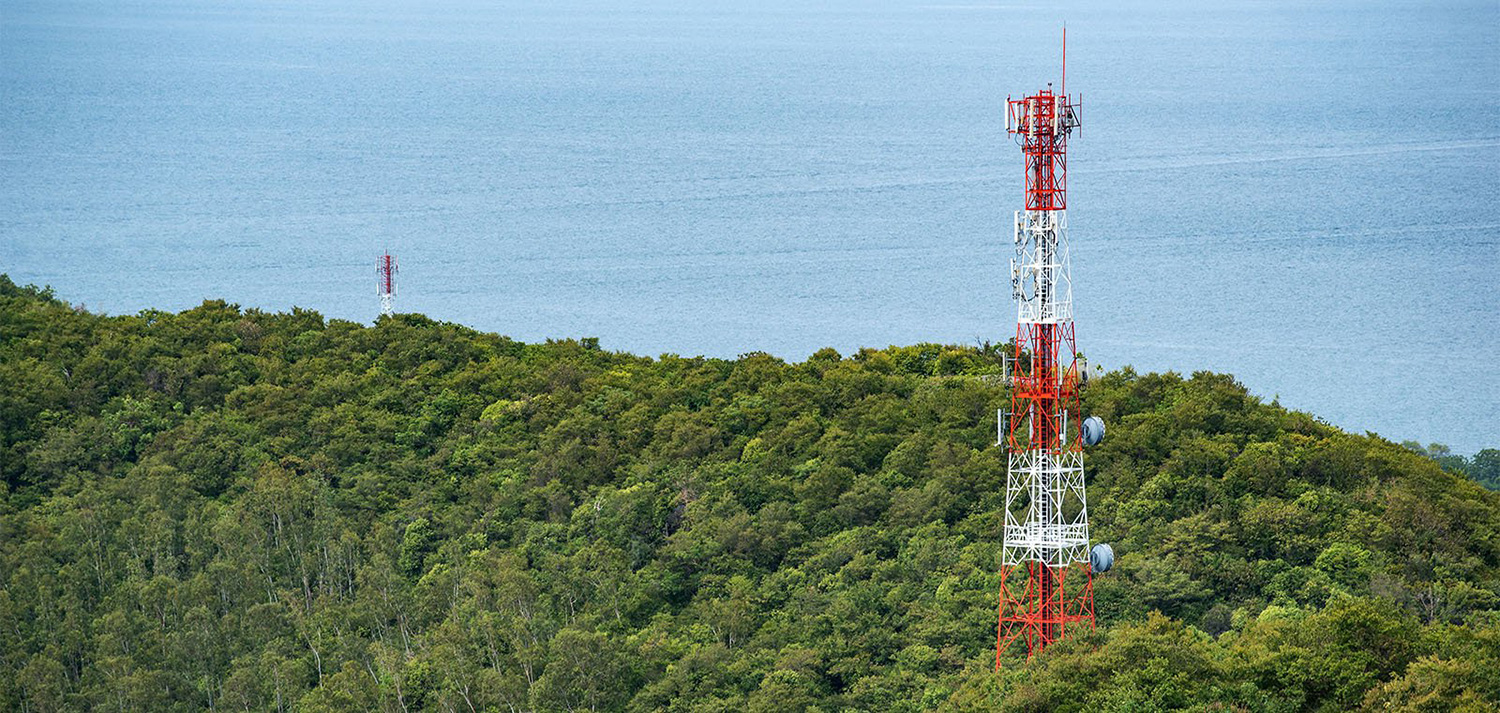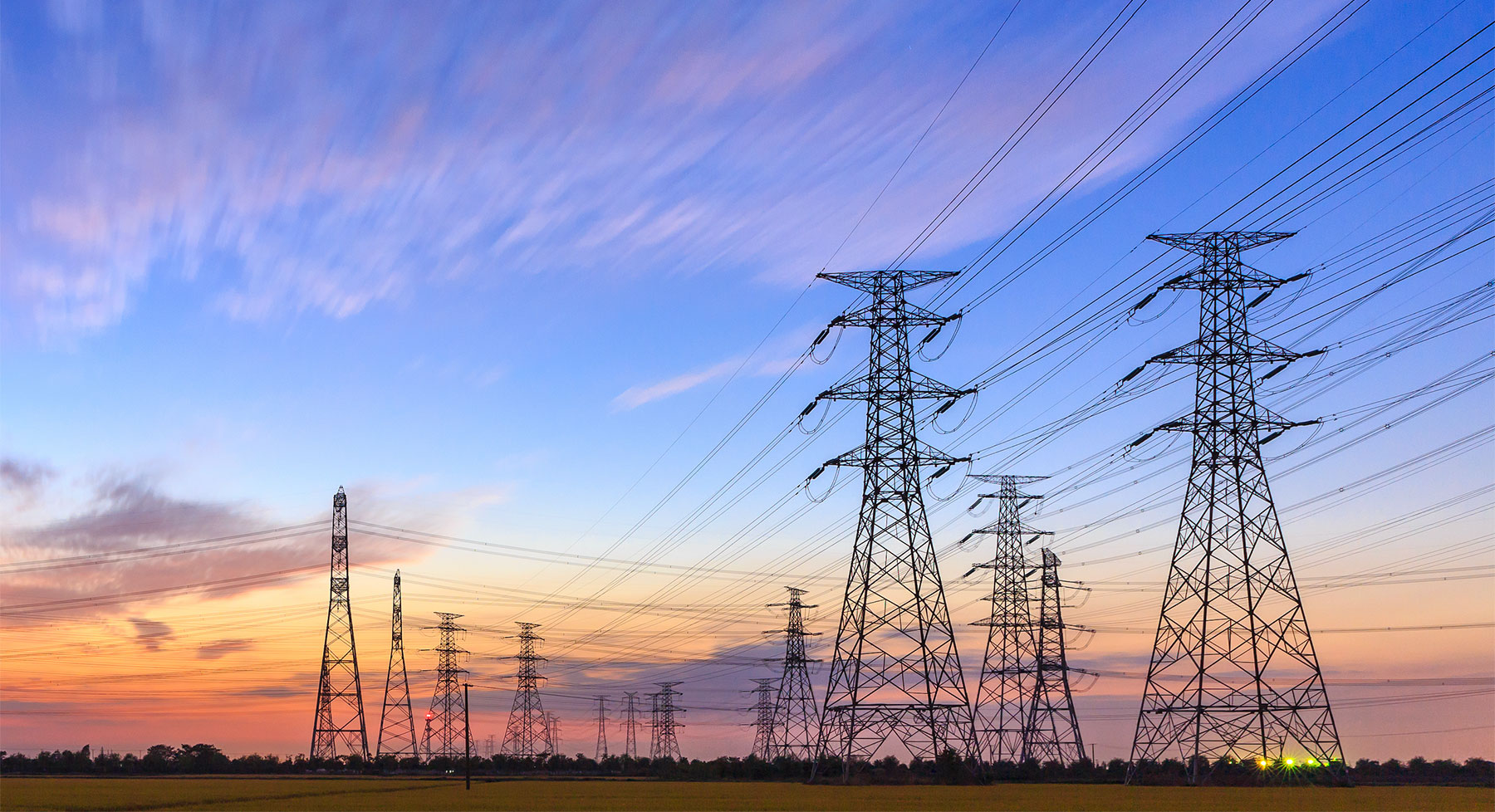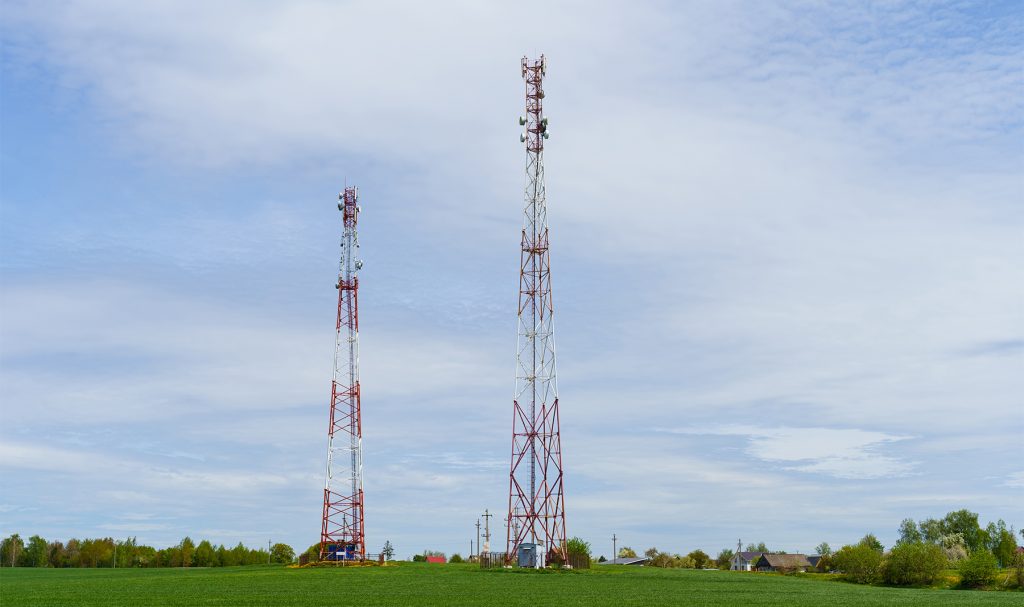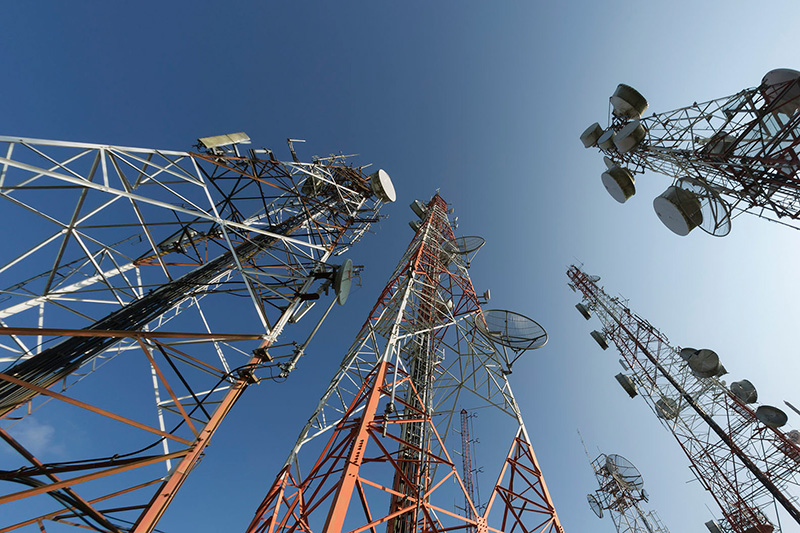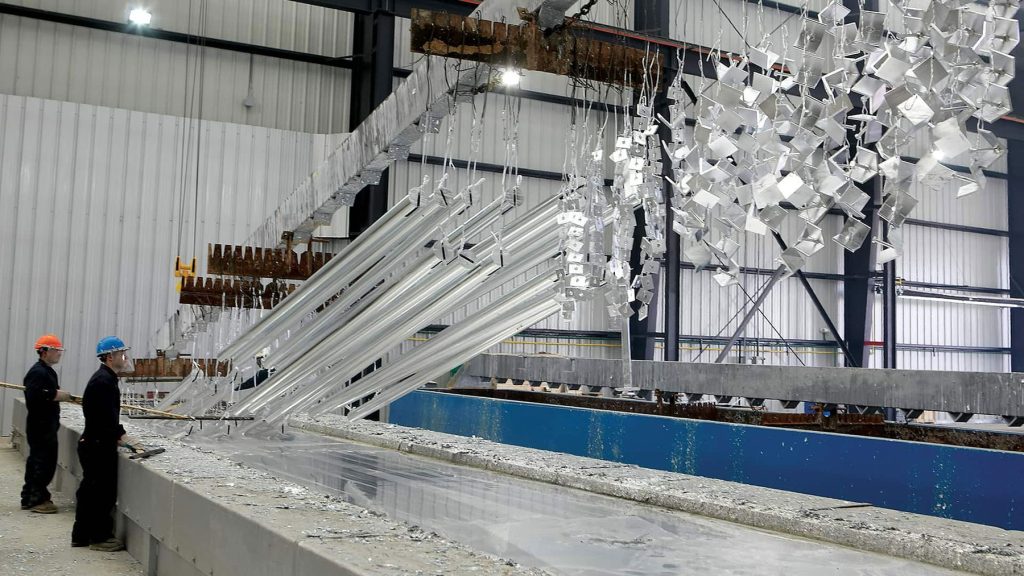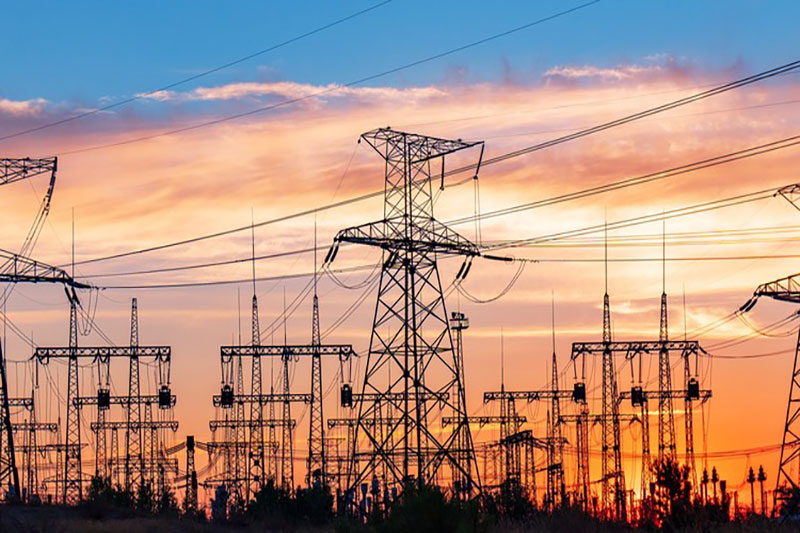Optimizing the Power Transmission Network: Strategies and Innovations
In today’s fast-paced world, the demand for reliable and efficient electrical power is higher than ever. As the backbone of electrical infrastructure, power transmission towers play a crucial role in delivering electricity from power plants to consumers. Optimizing the power transmission network is essential for meeting this growing demand, reducing energy losses, and ensuring sustainable operations. In this post, we explore the strategies and innovations that are transforming the power transmission industry.
Advanced Materials and Designs
- High-Strength Composite Materials
- Benefits: The use of composite materials, such as fiberglass and carbon fiber, is revolutionizing transmission tower construction. These materials offer superior strength-to-weight ratios, corrosion resistance, and longer lifespans compared to traditional steel.
- Applications: Composite materials are ideal for towers in harsh environments, such as coastal areas and regions with high humidity or extreme temperatures.
- Optimized Tower Designs
- Lattice Towers: Modern lattice tower designs incorporate advanced engineering techniques to reduce weight while maintaining structural integrity. This leads to lower construction costs and easier transportation.
- Monopole Towers: These sleek, space-saving towers are being increasingly used in urban areas where space is limited. They are easier to install and require less maintenance.

Smart Grid Technologies
- Real-Time Monitoring and Diagnostics
- Sensors and IoT Devices: Integrating sensors and IoT devices into transmission towers enables real-time monitoring of structural health, load conditions, and environmental factors. This data helps in predictive maintenance, reducing the risk of unexpected failures.
- Advanced Analytics: Data collected from sensors can be analyzed using advanced analytics and machine learning algorithms to predict potential issues and optimize performance.
- Automated Control Systems
- Smart Switches and Reclosers: Automated control systems can quickly respond to faults and reroute power, minimizing downtime and improving reliability.
- Grid Management Software: Sophisticated software solutions provide grid operators with real-time insights and control over the transmission network, enhancing efficiency and stability.
Enhancing Efficiency and Reducing Losses
- High-Temperature Superconductors (HTS)
- Overview: HTS materials can carry much higher currents than traditional conductors with minimal losses. Implementing HTS in transmission lines can significantly increase capacity and reduce energy losses.
- Future Potential: Although still in the early stages of adoption, HTS technology holds great promise for the future of power transmission.
- Reactive Power Compensation
- Capacitors and Reactors: These devices are used to manage reactive power in the transmission network, improving voltage stability and reducing losses.
- Dynamic VAR Systems: Advanced systems that provide real-time reactive power compensation, further enhancing the efficiency and stability of the grid.
Renewable Energy Integration
- Grid Flexibility
- Accommodating Renewables: As renewable energy sources like wind and solar become more prevalent, transmission networks must be adapted to handle their variable outputs. Flexible grid solutions, such as dynamic line rating and energy storage systems, are essential.
- Distributed Generation: Integrating distributed generation sources requires advanced control systems and infrastructure upgrades to ensure seamless operation.
- Energy Storage Solutions
- Batteries and Beyond: Energy storage systems, including large-scale batteries, flywheels, and pumped hydro storage, help balance supply and demand, store excess energy, and provide backup power.
- Benefits: These solutions enhance grid reliability, facilitate renewable integration, and reduce the need for peak power plants.
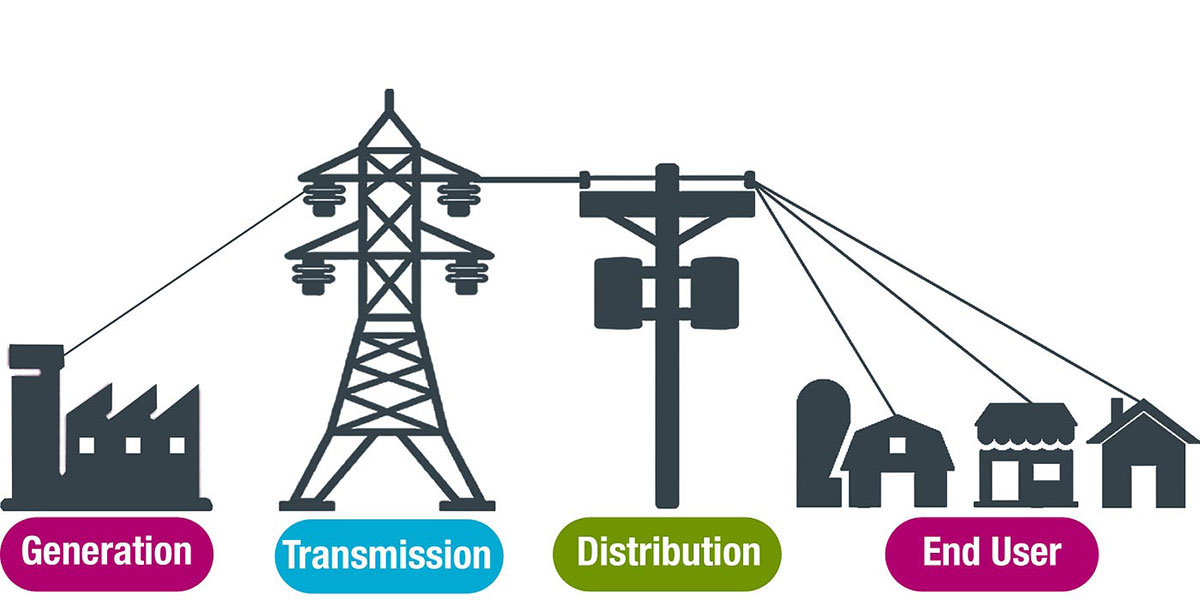
Sustainable Practices
- Environmentally Friendly Coatings
- Protective Coatings: The development of eco-friendly protective coatings for transmission towers reduces environmental impact while extending the lifespan of the structures.
- Benefits: These coatings offer excellent resistance to corrosion and weathering, minimizing maintenance needs and costs.
- Minimizing Land Use and Visual Impact
- Compact Tower Designs: Modern tower designs aim to minimize land use and reduce visual impact, particularly in urban and environmentally sensitive areas.
- Underground Cables: Where feasible, underground power cables can be used to preserve landscapes and avoid disruptions.
Conclusion
Optimizing the power transmission network is essential for meeting the growing global demand for electricity. Through the adoption of advanced materials, smart grid technologies, efficiency enhancements, renewable energy integration, and sustainable practices, the industry can achieve a more reliable, efficient, and environmentally friendly power transmission system.
Stay tuned to our blog for more insights and updates on the latest trends and developments in power transmission tower manufacturing. Together, we can build a brighter and more sustainable future.

